Have you ever stood in front of a sprawling American house, wide-eyed, and thought, “How on earth do people live with so much space?” It’s not just your imagination—American homes really are the largest in the world. From the endless green lawns to the double garages and vast basements, there’s something almost mythical about the size of homes in the United States. But why did this happen, and what keeps driving this “bigger is better” phenomenon? The answers might surprise you, and even make you look at your own living space a little differently.
Abundant Land & Low Population Density
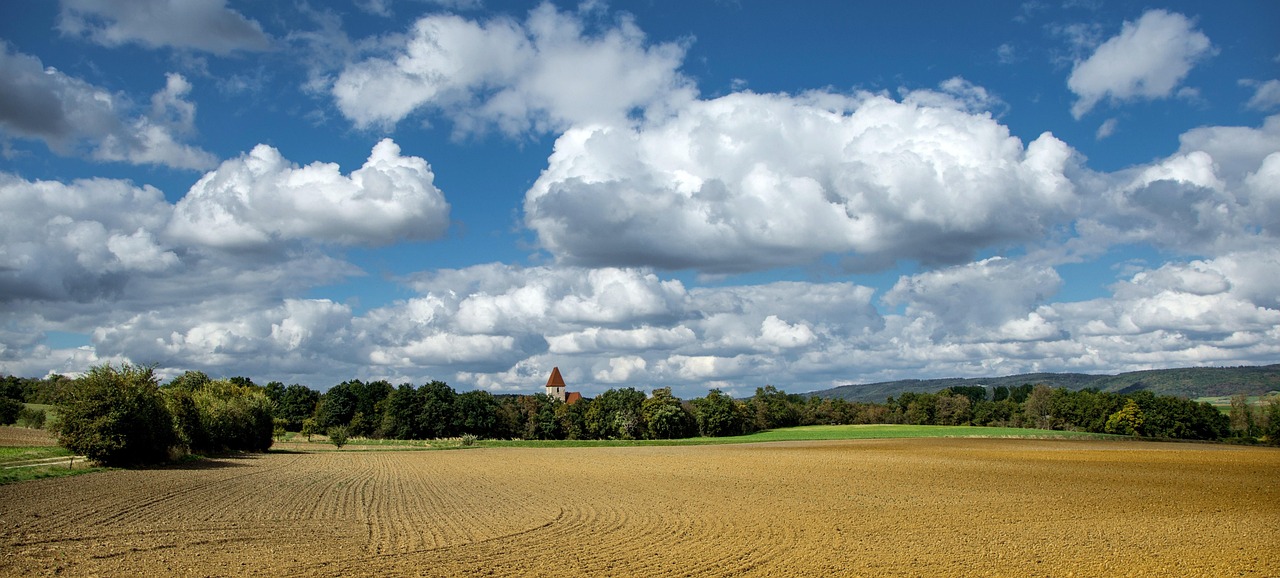
America is a country of wide-open spaces. Unlike the crowded cities of Europe or Asia, the United States has a staggering amount of land—about 3.8 million square miles, to be exact. With far fewer people per square mile, there’s simply more elbow room to go around. This means neighborhoods can sprawl, lots can be generous, and homes can stretch out horizontally instead of stacking up vertically. In places like Montana or Texas, you could drive for hours and see nothing but fields and sky. This abundance of land takes the pressure off builders to cram homes together, so they just go bigger and wider. Imagine trying to fit a Texas-sized house in the middle of Tokyo—it just wouldn’t work.
Economic Factors & Affordability
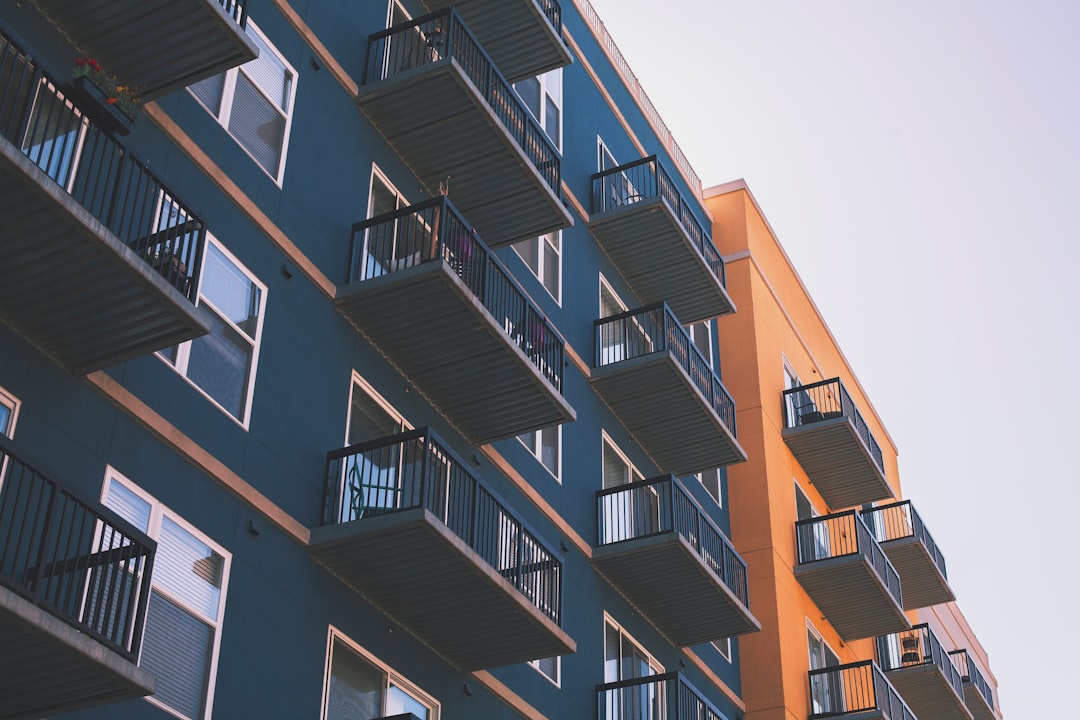
The economic story of American homes is surprisingly down-to-earth. In many parts of the country, land isn’t just available—it’s affordable. When the price for a big slice of property is reasonable, people are more likely to buy it, and builders are more willing to create larger homes. Average incomes in the U.S. are higher than in many parts of the world, so families can afford to spend more on their houses. Plus, there’s a robust mortgage system that lets people buy now and pay later, spreading the cost over decades. It’s almost like shopping for a supersized meal—the bigger portion isn’t that much more expensive, so why not go for it? In contrast, in places like London or Hong Kong, even a tiny flat can cost a fortune.
Cultural Preferences for Space & Privacy
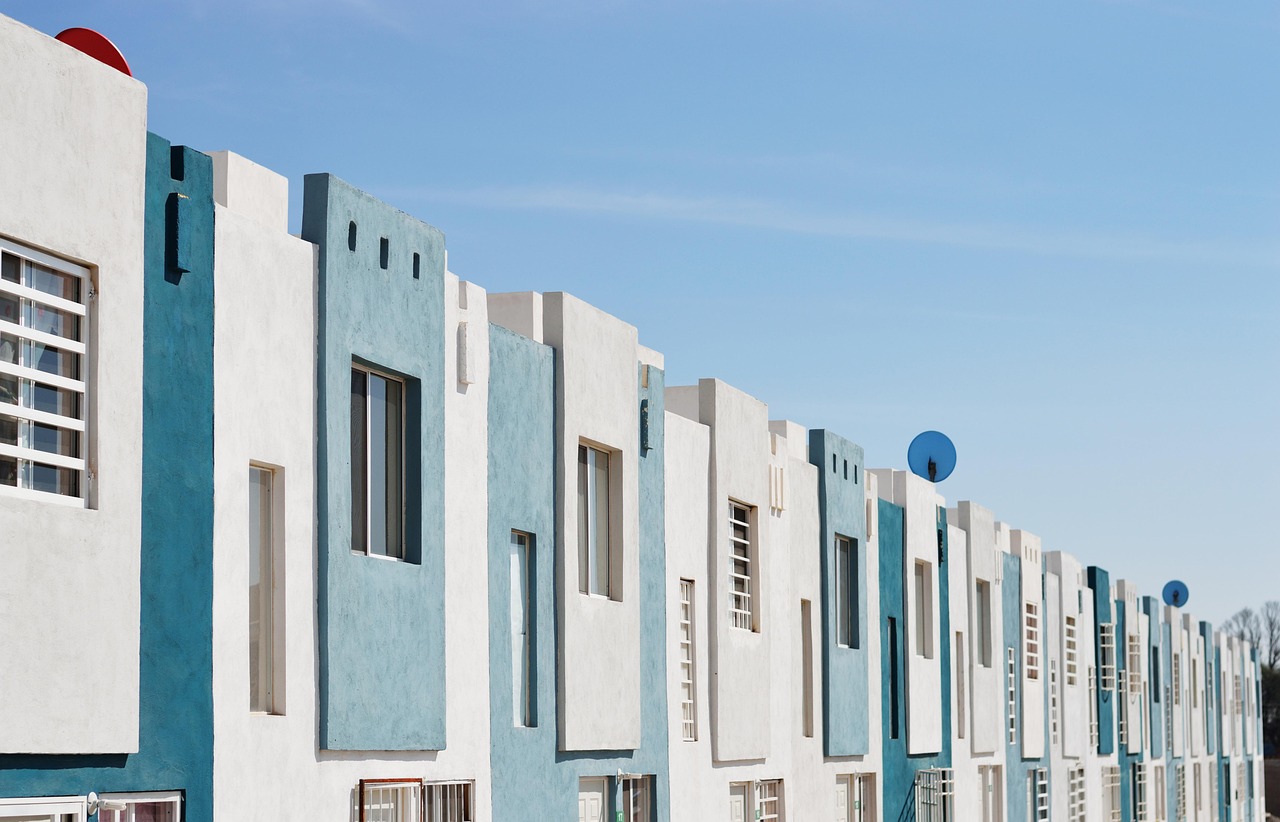
There’s something deeply American about wanting your own space. It’s woven into the culture—a belief that privacy and independence are rights, not luxuries. People want yards for barbecues, extra rooms for hobbies, and enough distance from neighbors to play music late or let the dog run wild. This craving for space isn’t just about comfort; it’s about identity. To many Americans, a big home is a symbol of freedom and success, a place where you can stretch out and be yourself. Think of the “man cave,” the home gym, or the sprawling family room—these are the dreams that drive the desire for more square footage. For a lot of people, a bigger home isn’t just practical; it’s aspirational.
Zoning Laws & Regulations
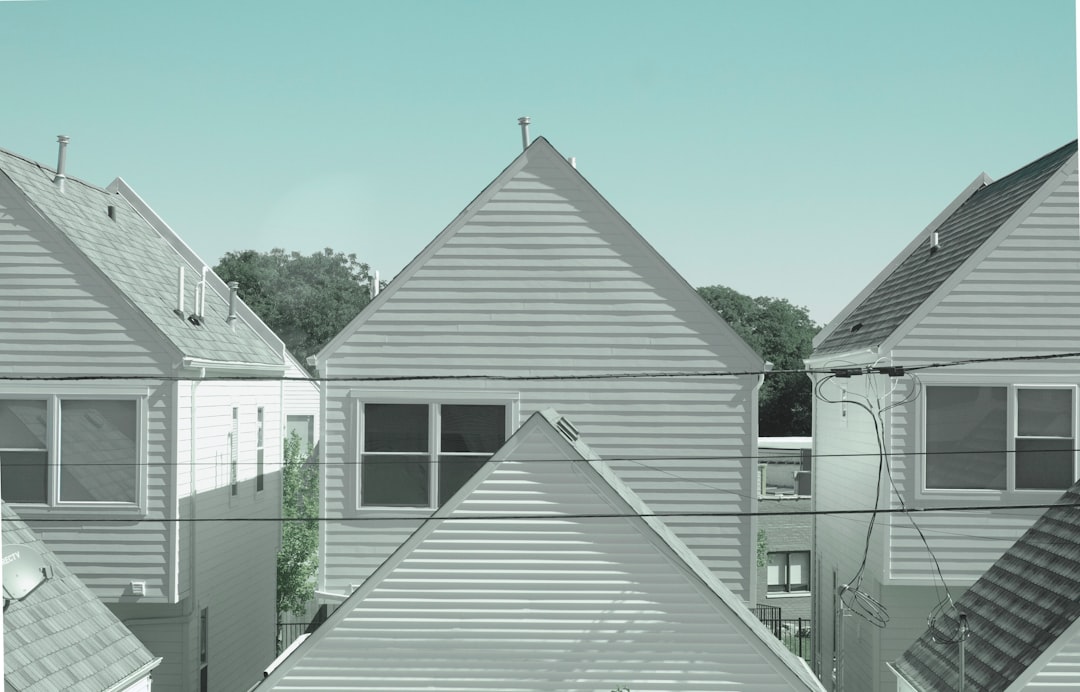
In the U.S., local governments use zoning laws to shape what neighborhoods look like, and these rules often favor big homes. Many suburbs are zoned for single-family houses on large lots, making it tough to build high-rise apartments or smaller dwellings. This is partly about keeping property values high, but it’s also about a vision of the American suburb—a peaceful place with room to breathe. The result? Streets lined with houses that have big front yards, wide driveways, and plenty of distance between neighbors. In many other countries, zoning laws encourage denser living to use land more efficiently, but in the U.S., the opposite is often true.
Cheap Energy & Construction Practices
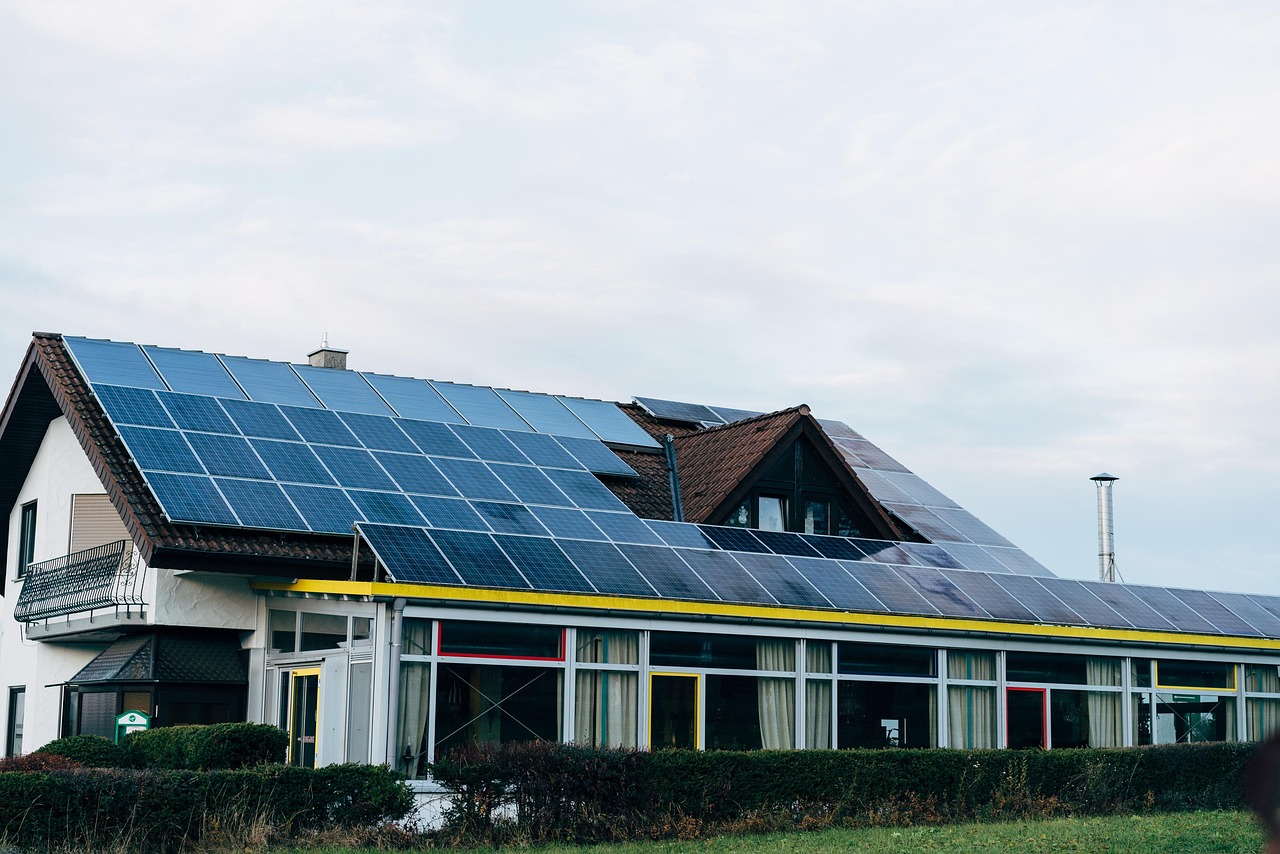
Building and maintaining a big house takes resources, but in America, those resources are often surprisingly cheap. Energy costs—like heating, cooling, and lighting—are lower than in many developed countries, thanks to abundant natural resources like oil and natural gas. Builders also use materials and techniques that make it relatively easy and cost-effective to put up large structures. Pre-fabrication, wood framing, and a focus on efficiency all help keep costs down. With affordable energy and construction, the leap from a modest home to a mansion doesn’t seem so impossible. It’s like filling up a giant SUV—it might use more gas, but when gas is cheap, who worries?
Lack of Historical Constraints
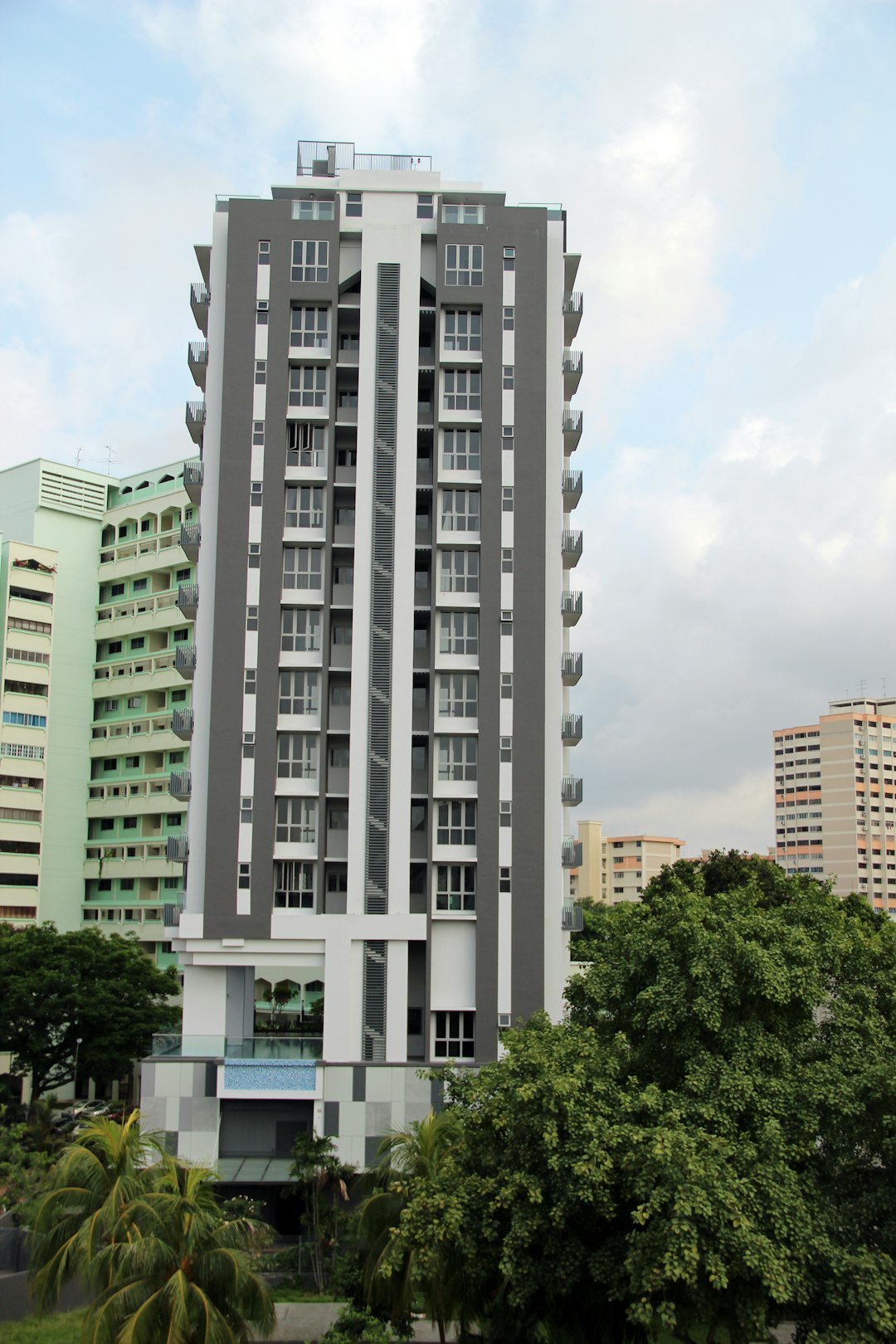
Unlike Europe or Asia, where ancient city centers and strict preservation laws can make building big nearly impossible, most American towns are relatively young. There just aren’t as many old buildings or historical districts to restrict what can be built or how large it can be. Developers have more freedom to create entirely new neighborhoods, designed from scratch with big homes and wide streets. It’s a blank canvas, and Americans have painted it with broad strokes. Without the need to blend into centuries-old surroundings or squeeze into tiny medieval streets, American homes can grow as big as the builder’s imagination—and the buyer’s wallet—will allow.
Influence of the American Dream
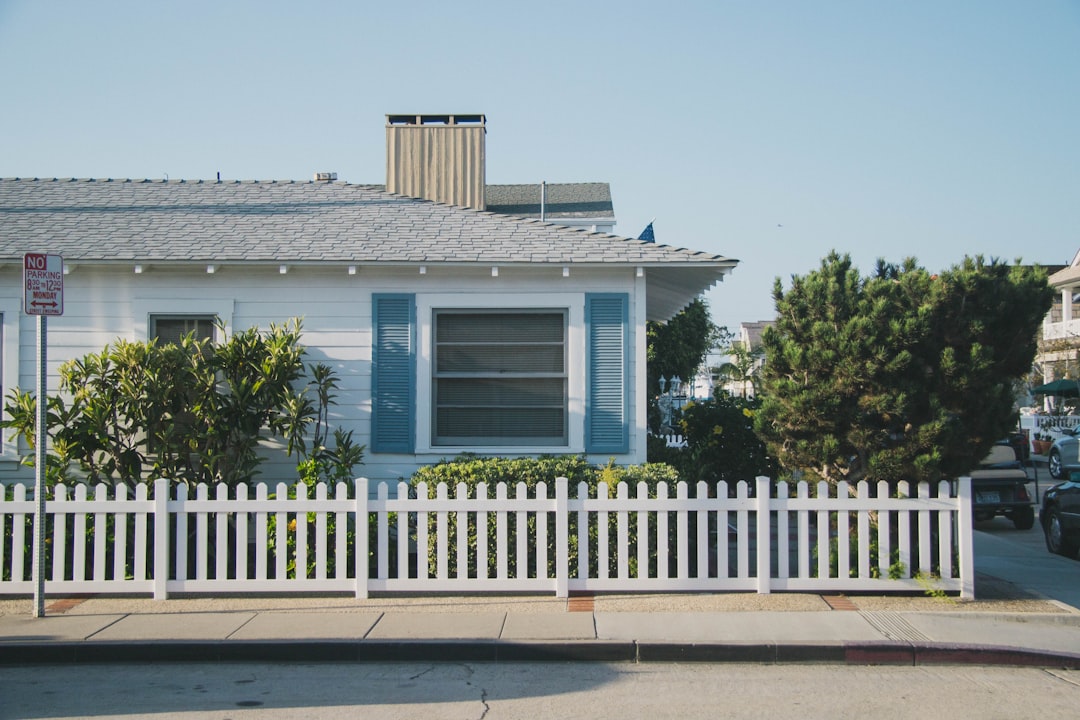
The idea of the “American Dream” isn’t just a slogan—it’s a real force that shapes how people live. For generations, owning a big house with a yard has been the ultimate symbol of making it. It’s about more than shelter; it’s about status, success, and hope for the future. Parents dream of giving their kids more space than they had growing up. Advertisements and movies reinforce the idea that a big home means a better life, a place where memories are made and dreams come true. This longing pushes people to stretch for more space, even if it means moving farther from city centers or taking on a bigger mortgage.
Suburban Expansion
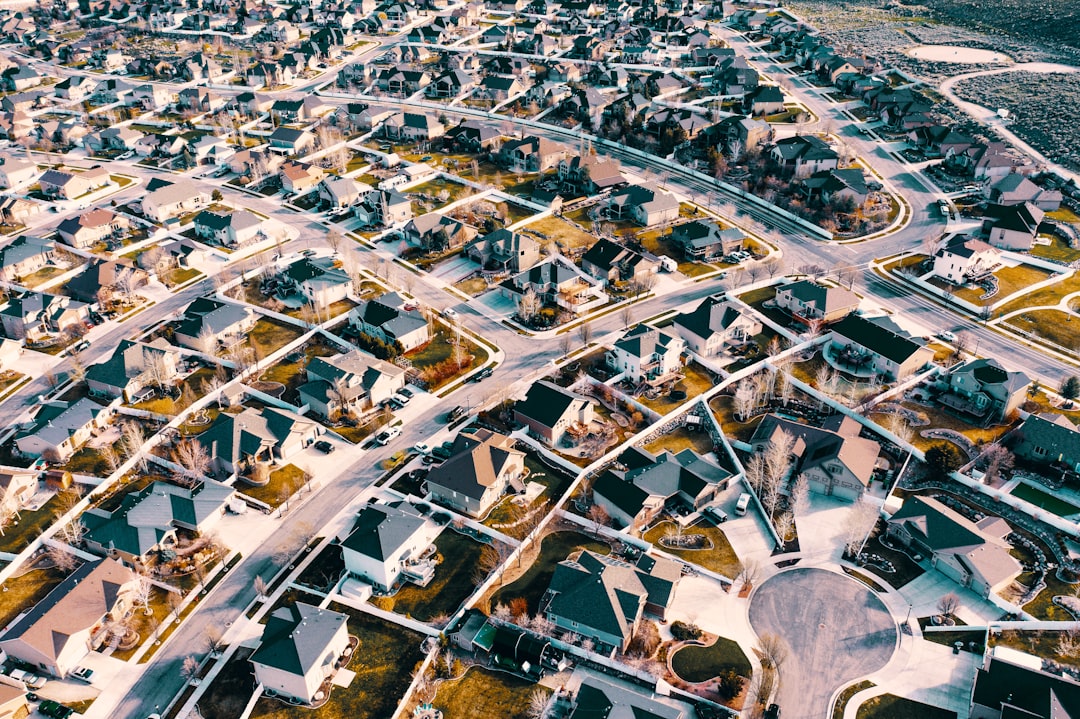
The post-World War II era saw a massive wave of suburban growth in America. As highways expanded and cars became common, families flocked to the outskirts of cities in search of a quieter, roomier life. Suburbs were designed with space in mind—cul-de-sacs, parks, and roomy lots became the norm. Homes in these areas often came with multiple bedrooms, bonus rooms, and outdoor space for everything from swimming pools to swing sets. The suburban ideal is about comfort and convenience, and that means bigger homes. Even today, as cities continue to sprawl, new suburbs often spring up with homes that are bigger than ever.
Trends in Home Design
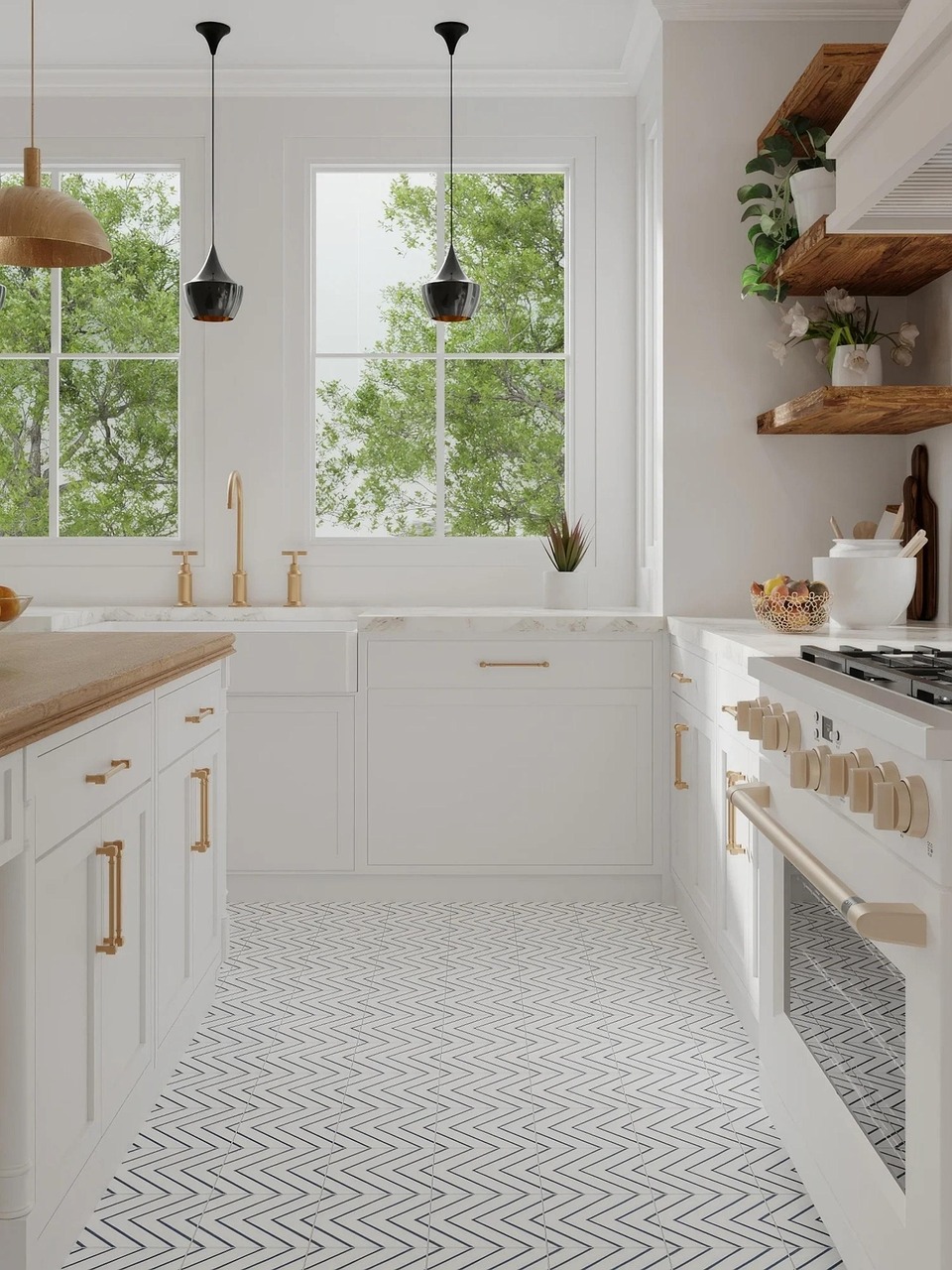
Modern American home design seems almost obsessed with space. Open floor plans create the feeling of even more room, blending kitchens, dining areas, and living spaces into one giant area. High ceilings, big windows, and multi-car garages add to the sense of luxury and freedom. There’s also a growing demand for specialty rooms—think home offices, media rooms, and even indoor gyms. Homebuilders have taken notice, designing houses that can flex to fit any lifestyle. It’s not unusual to see homes with more bathrooms than bedrooms, or closets so big they could double as extra rooms. The trend is clear: people want space, and lots of it.
The Role of Consumerism and Lifestyle

American culture loves stuff—big TVs, sectional sofas, collections of shoes, and sports equipment. Having a larger home means having the space to store, display, and enjoy all these things. Many families want room for hobbies, guests, or even home businesses. The “bigger is better” mentality spills over into how people shop and live, fueling a cycle where more space seems necessary just to keep up. Walk into a typical American garage, and you’ll see everything from camping gear to holiday decorations piled high. It’s almost as if the house is a stage, and the stuff is the scenery.
Impact of Remote Work and Changing Lifestyles

The rise of remote work has changed what people want from their homes. Suddenly, that extra bedroom is a home office, and the finished basement is a classroom or workout space. As more people spend time indoors, the demand for bigger, more functional homes has only increased. Builders are responding by adding flexible spaces and designing homes that can easily adapt to changing needs. It’s not just about having a roof over your head—it’s about having a space that can do it all, from Zoom meetings to movie nights.
The reasons American homes are the biggest on earth are as vast and varied as the country itself, each factor weaving together to create a unique landscape of spacious living.

Matthias is a skilled author and digital storyteller with a focus on travel journalism, environmental issues, and modern home design. With a background in communications and a passion for global cultures, Matthias crafts engaging narratives that blend real-world exploration with thoughtful analysis and visual flair.
His writing reflects a deep interest in how climate change shapes our lives and lifestyles—from sustainable travel practices to eco-friendly living environments. Known for his clear, approachable voice and sharp editorial instincts, Matthias delivers content that resonates with readers seeking both inspiration and substance.
Whether reporting from remote destinations, breaking down sustainable design trends, or spotlighting innovative green initiatives, Matthias brings a global perspective and an eye for detail to every piece. He regularly contributes to web platforms and editorial projects that aim to foster awareness, creativity, and conscious living.

